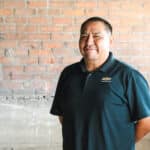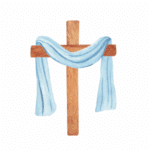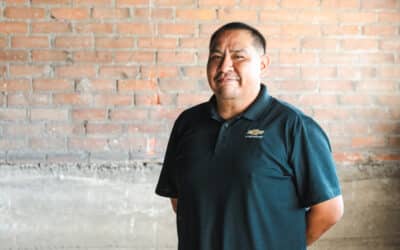This last paper on community (see the previous two months blogs for the others in this series) comes from Claire Papp, our Hannah House intern.
December 2018
In the four months that I’ve lived in the South Side of Billings, I’ve observed how much of a close-knit community it is. Even though my commute to the office takes me less than five minutes, in that short span of time, I almost always see neighbors talking outside or walking together on the sidewalks. As the oldest neighborhood in Billings, the South Side has a lot of history and character, and its residents have many shared life experiences that bring them closer together. These few characteristics set the South Side apart from other neighborhoods that I have lived in because the houses here are more than just a base for sleeping before leaving to “live life” in other areas of the city, instead, life actually takes place in the South Side. Therefore, instead of people living their lives apart from each other, their paths often cross on the South Side. Even in the short time I’ve been here, there have been several times that I have been at the store and have run into a next-door neighbor or someone else I’ve previously met while walking downtown. When thinking about these interactions that have occurred in only a short amount of time, I can imagine how frequent they would be for those that have grown up in the South Side and may have lived here for decades.
While the South Side is a vibrant community that I am proud to be a part of, it also has its challenges. The tight-knit community also hinges on social isolation from the rest of the city. Even with a car, going to the Heights and the West End seems like traveling to completely different cities, and with grocery stores and entertainment sources all in other areas of the city, many Billings residents have no incentive to spend any significant amount of time in the South Side if they don’t live here. The community has a physical separation from the rest of the city due to the train tracks that cut it off, which only seems to make the socioeconomic and racial disparities more apparent. Therefore, just as pride and history bond South Siders together, a feeling of being subjected to the hard realities of life is another shared experience for many community members. Similarly, while the close relationship among neighbors is often a positive thing, it can also inhibit those who are trying to better themselves and leave a negative past lifestyle behind. Through working at Hannah House, I have seen a glimpse of how the difficulty of maintaining sobriety is compounded when someone does not have a healthy support network. While there is the stigma of high crime rates, homelessness, and drug use that persists here, that is not what defines the South Side. There is a desire among many here to continue to strengthen the community in order to alleviate some of the issues that are present in this community. When you actually get to know the South Side, you can no longer be impervious to the brokenness, nor can you only see it as a “bad” community. It contains beauty and brokenness just like any other community. I am reminded that even if a city has the nicest houses, cleanest streets, and the best school district, if it is apart from the restoring love of Jesus, then it will still be broken. This year at CLDI, I have come to further understand that trying to fix societal issues apart from Jesus only addresses the surface problem, so I am excited to live in community with my South Side neighbors this year and love them by sharing the gospel so that real change can take place in the city.









